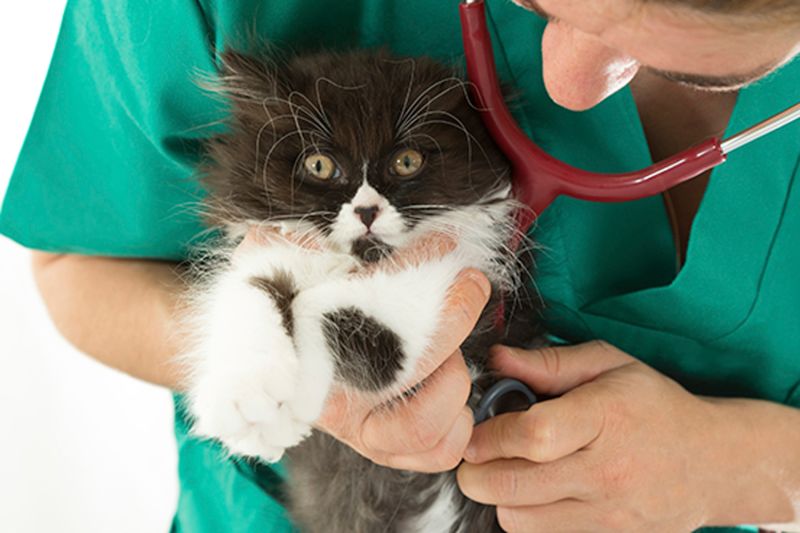Cat equality now!
Too often, our feline friends get the short stick on medical care. We can help!
August 22, 2017

August 22nd is National Bring Your Cat to the Vet Day. It seems like kind of a weird holiday, but it makes more sense when you consider the fact that half of cats in this country don’t get regular veterinary care. It’s true, according to a 2012 survey of cat owners by Bayer Healthcare in conjunction with the American Association of Feline Practitioners (AAFP). And we’re talking about owned cats, not un-owned or loosely owned community cats.
Research shows that people are more likely to take their dog to the veterinarian than their cat, but that shouldn’t be interpreted as those folks valuing their cat any less. Cats are often perceived differently than dogs, generally accepted as lower-maintenance companions, and their independence and uncanny ability to mask signs of illness can lead their guardians to believe they don’t actually need the same level of veterinary care as dogs do.
The single biggest obstacle according to the Bayer study is that cats don’t like to go to the veterinarian. A whopping 58 percent of those surveyed said their cat “hates” going to the veterinarian.
That makes sense. Imagine if the only time you got into a car was when you were being taken to be poked, prodded and given shots! That tends to be the case for cats, who—unlike dogs—tend to be housebound and only go on trips that end up at the animal hospital. It’s an ordeal that stresses out cats and humans alike. But it doesn’t have to be this way.
How can we help our clients and adopters make vet visits less stressful and keep cats healthy and in their homes? National Bring Your Cat to the Vet Day is the purr-fect time to get started. On social media, consider sharing the infographics AAFP has for Bring Your Cat to the Vet Day, or the CATalyst Council's video on how to make carriers less stressful for cats (and owners too).
You can also help set your adopters up for success from the day they leave your shelter or rescue. One easy way is to give your adopters specific tips on taking their cat to the veterinarian, including help on how to make the dreaded cat carrier a pleasant experience. What better time to talk about this is then when you put kitty in the carrier to go home!
And don’t forget the rest of the cats in the community. The cats taken in as strays or acquired from other people don’t come with the “handbook” cats adopted from shelters do. Shelter and rescue adoption counselors regularly provide information on how to provide for the new kitty’s mental and physical needs. Why limit that to just your own adopters? Let’s empower those folks who are taking in our friendly community cats and kittens or adopting cats whose owners are rehoming them on their own rather than forcing the person to bring the cat to the shelter.
Does your organization familiarize cats to carriers before they are adopted? Do you have any special programs or messaging to promote regular, stress-free veterinary visits for cats? We’d love to hear about them in the comments below.


